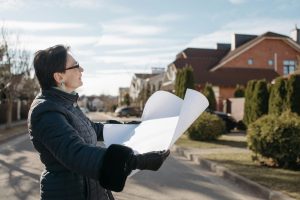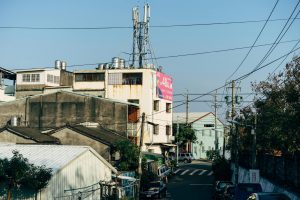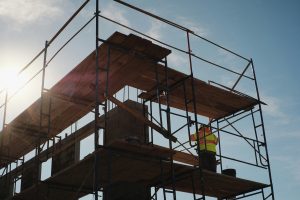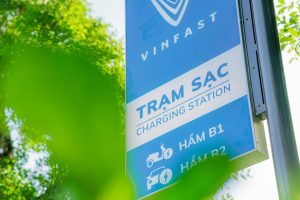Rural Broadband Effect: How Starlink Is Reviving Countryside Markets
Living in the countryside has its own charm – the peace and quiet, the stunning views, and the slow pace of life. However, one aspect that has been lacking for rural dwellers is fast and reliable internet connection. This has been a major issue for decades, with rural areas often left behind in terms of technological advancements. But all that is about to change, thanks to Starlink – a satellite internet service provided by SpaceX. Rural broadband is being revolutionized by Starlink, and it is having a significant effect on the countryside markets. Let’s dive in and explore the Rural Broadband Effect: How Starlink Is Reviving Countryside Markets.
What is Starlink?
Starlink is a satellite internet service owned by SpaceX, a company founded by Elon Musk. The goal of Starlink is to provide high-speed internet access to remote and rural areas where traditional internet service providers (ISPs) cannot reach. This is achieved through a network of thousands of satellites orbiting the Earth, beaming internet service directly to individual receivers on the ground. This innovative approach has the potential to bring high-speed internet to rural areas that have been overlooked for far too long.
The Challenges of Rural Broadband
Rural communities have faced numerous challenges when it comes to accessing fast and reliable internet connection. The limited infrastructure in these areas makes it difficult for traditional ISPs to offer broadband services. Additionally, the cost of laying down optical fiber cables in remote areas is extremely high, making it impractical for ISPs to invest in such projects. As a result, rural areas have been left with slow and unreliable internet, hindering their ability to compete and thrive in the digital world.
The Impact on Countryside Markets
The lack of reliable internet has had a significant impact on businesses in rural areas. Many rural businesses are heavily reliant on the internet for their daily operations, such as managing inventory, communicating with suppliers and customers, and marketing their products. Slow and unreliable internet has hindered their ability to carry out these tasks efficiently, resulting in increased costs and lost opportunities. Furthermore, the limited reach of traditional ISPs has restricted e-commerce and online business growth in rural areas, limiting the potential for economic growth.
How Starlink is Reviving Countryside Markets
With the introduction of Starlink, things are starting to change for rural markets. The satellite internet service offers high-speed internet, reaching speeds of up to 1 Gbps, making it faster than traditional broadband. This means that rural businesses can now conduct their operations more efficiently, increasing productivity and reducing costs. Moreover, with the widespread availability of high-speed internet, rural businesses now have access to a wider audience, increasing their market reach and potential for growth.
Benefits for Rural Communities
Aside from the positive impact on businesses, Starlink is also benefiting rural communities in other ways. High-speed internet allows for better communication and access to educational resources, improving the quality of education offered in rural schools. It also allows for telecommuting, providing more job opportunities for rural residents. Additionally, with the rise of e-commerce and online services, rural residents now have access to a wider range of products and services, improving their overall quality of life.
In Conclusion
The Rural Broadband Effect brought about by Starlink is revolutionizing countryside markets. The reliable and high-speed internet service is providing rural businesses with the tools they need to compete in the digital world. It is also bringing economic growth and development to rural communities, improving the quality of life for its residents. With Starlink, the rural-urban digital divide is slowly closing, and the countryside is finally catching up with the rest of the world.











